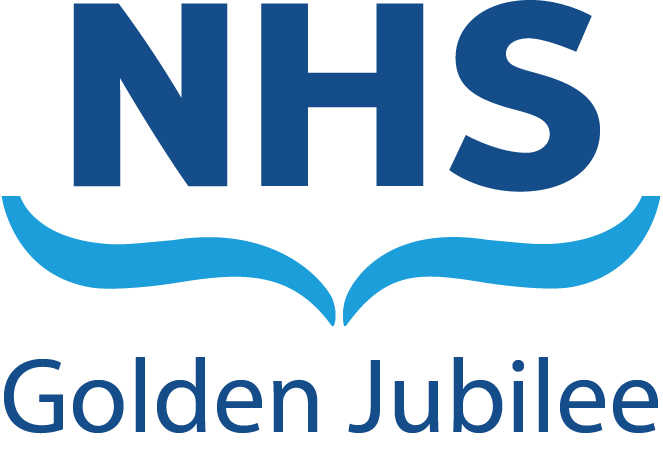Interventional and surgical procedures
Pulmonary endarterectomy / baloon pulomnary angioplasty
Pulmonary thromboendarterctomy (PTE) offers a potential surgical cure for a subset of patients with chronic thromboembolic pulmonary hypertension affecting central pulmonary arteries (main, lobar, segmental). Establishing the diagnosis and the classification of the type of lesions by pulmonary angiography is crucial for optimal patient selection. PTE involves dissection of well organised thromboembolic material as well as part of the intimal layer of the pulmonary arterial bed. The procedure is currently performed via a median sternotomy with cardiopulmonary bypass, and involves profound induced hypothermia and periods of full circulatory arrest, during which time dissection of the thromboembolic material is accomplished. PTE is performed at Papworth Hospital in Cambridge, which is the only UK centre to perform the procedure.
Jenkins D. Pulmonary endarterectomy: the potentially curative treatment for patients with chronic thromboembolic pulmonary hypertension. Eur Respir Rev 2015; 24: 263–271
Percutaneous balloon pulmonary angioplasty is an emerging treatment for inoperable chronic thromboembolic pulmonary hypertension or if there is persistent pulmonary hypertension after pulmonary endarterectomy. It requires the placement of a balloon over a guidewire into areas of stenosis in the pulmonary artery and inflation of the balloon breaks down webs and bands. The treatment improves symptoms, haemodynamics and exercise capacity but can require up to six procedures. It was only introduced into the UK in 2016 and is carried out at Papworth Hospital. Lang I et al. Balloon pulmonary angioplasty in chronic thromboembolic pulmonary hypertension. Eur Respir Rev 2017; 26: 160119
Atrial septostomy
Atrial septostomy involves the creation of a right-to-left shunt at the atrial level. This procedure increases cardiac output and, despite the fall in systemic arterial oxygen saturation, augments systemic oxygen transport. In addition, the shunt decompresses the heart and ameliorates right heart failure. Atrial septostomy is used as a palliative measure or a bridge to lung transplantation in appropriately selected patients. In regions of the world without access to current medical therapies, atrial septostomy may be used as a primary therapy.
The initial report of atrial septostomy in PAH was in 1983. However, experience with is still limited, and the optimal time to perform an atrial septostomy in these severely ill patients (if at all) remains to be established. The procedure is associated with a risk of serious morbidity (8%) and mortality (16%). Post procedural mortality and adverse outcomes have been attributed to several factors including co-morbidities such as severe renal impairment, older age, progressive cardiac failure and the development of severe hypoxemia. Guidelines from the American College of Chest Physicians recommend that atrial septostomy should only be performed at institutions with significant expertise and experience of the procedure.
Reichenberger F et al. Atrial septostomy in the treatment of severe pulmonary arterial hypertension. Thorax 2003;58:797-800
Lung and heart transplant
In 1981, the first heart-lung transplantation was performed in a patient with IPAH. Lung transplantation is generally reserved for those failing the best available medical therapy. With the advent of effective drug treatments, selection of recipients and timing of the procedure has become more complex. Most centres prefer double lung transplantation. Heart and lung transplantation is generally reserved for those with complex congenital heart disease.
Bartolome S et al. Advanced pulmonary arterial hypertension: mechanical support and lung transplantation. Eur Respir Rev 2017; 26: 170089

